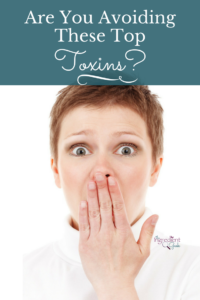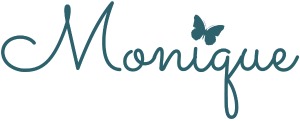This post may contain affiliate links.
Are you focusing on healthy living? Are you careful about what you eat and exercising? Have you thought about the everyday products you are using or exposed to? Everything from shampoo, hand soap, lotion, makeup, baby wash, toothpaste, and household cleaning supplies. Our health is impacted in so many ways. Do you know the top ingredients to avoid in personal care products? Are you avoiding these top toxins?
DID YOU KNOW…
- Europe has banned more than 1,300 harmful chemicals from personal care products? The U.S. has banned just 11?
- “Safe”, “Organic” and “Natural does not mean your products do not contain any toxic chemicals?
- Personal and home care products could contain ingredients hazardous to your health?
- According to the previous President’s cancer panel only 10% of cancer is genetic and 90% is environmental? That means you have the ability to control what is going into, and onto your body.
TOP INGREDIENTS TO AVOID…
There is a saying “It’s all about the ingredients, the rest is just marketing”. Because this is an unregulated industry, marketing slogans can say just about anything. I like to read the first 5 ingredients as they are the most active ones, then read from the bottom up as that’s usually where the preservatives are. Check out these videos for quick overviews. Below are some top ingredients the Campaign for Safe Cosmetics suggests avoiding. If you want to skip ahead, here are some safe and easy product swap ideas.
Fragrance / Phthalates
The word fragrance (parfum/perfume) legally hides an unknown number of chemicals under the umbrella of “trade secret.” I like to say that fragrance is like the “high fructose corn syrup in food” (it seems to be everywhere). Phthalates are a large family of hormone disrupting chemicals and are hidden in the word “fragrance.” They are linked to birth defects, breast cancer, asthma, early puberty, decreased sperm counts, diabetes, obesity, autism and ADHD. (Campaign for Safe Cosmetics – 2002 “Not Too Pretty” Report, and 2008 “A Little Prettier” Follow-up Report) Also see my other blog post What’s Hiding Behind The Fragrance Ingredient?
Parabens
These endocrine-disrupting chemicals can be absorbed through skin, blood and the digestive system. Parabens are not water soluble and can penetrate the skin. Repeated application of a product or multiple products containing parabens could mean almost continuous exposure. Common parabens are methylparaben, ethylparaben, propylparaben, and butylparaben. Studies have linked these endocrine disruptors which mimic estrogen with breast cancer, developmental and reproductive toxicity. (Campaign for Safe Cosmetics)
Petrochemicals
Look on the label for PPG, PEG, and polysorbate. Also look for ingredients that end in –eth such as laureth, steareth, ceteareth. The manufacturing process results in two toxic contaminants linked to breast cancer and other cancers: ethylene oxide and 1,4-dioxane which the FDA does not require to be listed on the ingredient labels. The European Union has prohibited use of ethylene oxide, and Canada prohibits the use of both 1,4-dioxane and ethylene oxide in cosmetics products. (Campaign for Safe Cosmetics)
Formaldehyde / Formaldehyde-releasing preservatives
Baby shampoo, body soap, body wash, and color cosmetics often include these preservatives. Formaldehyde and it’s releasers are linked to cancer and allergic skin reactions. Banned from use in cosmetics and toiletries in Japan and Sweden; in the EU, restricted in personal care products. (Campaign for Safe Cosmetics)
Overwhelmed? Don’t know where to start?
My passion is to help families with Swapping Toxins for Healthy Options. Check out these EASY PRODUCT SWAPS. Making small steps CAN make a big impact.
I can also send you a list of the top ingredients to avoid. Let’s start the conversation about ingredients in products with others ~ Contact me to speak to groups, companies, or a few friends gathered together online or in person.

